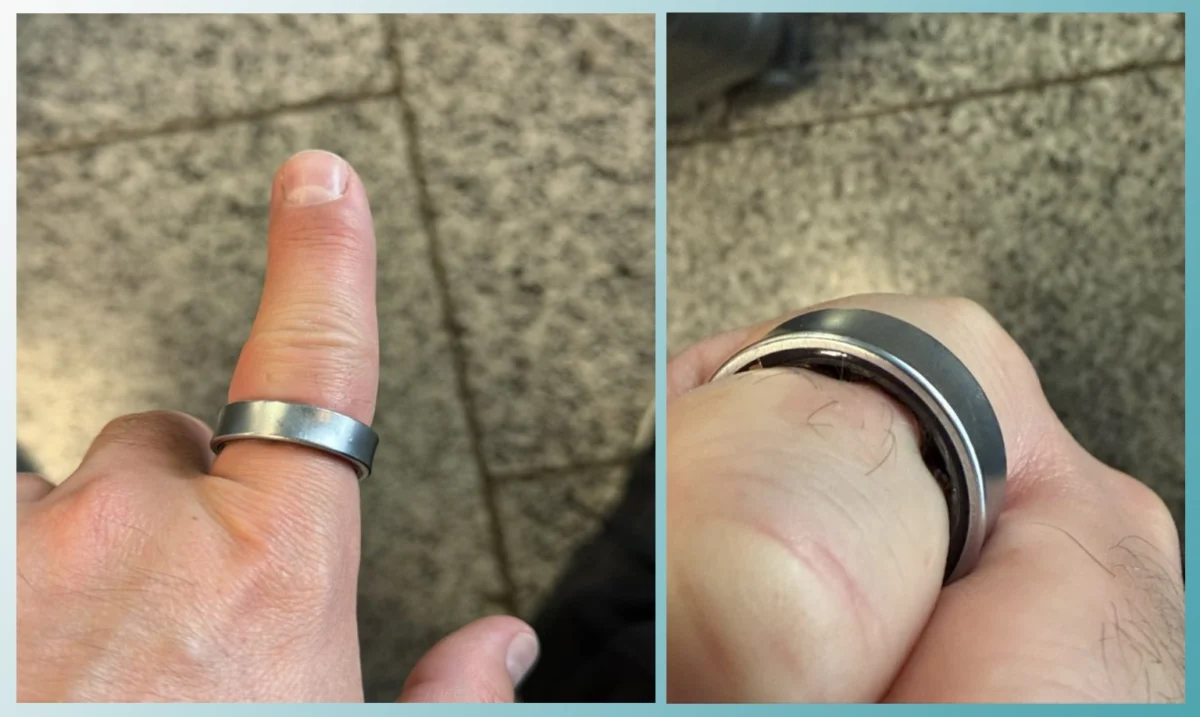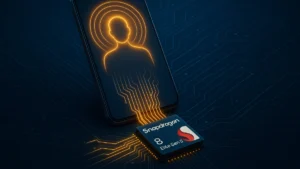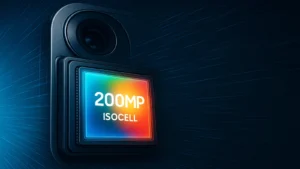A traveler’s routine journey turned into an emergency when his Samsung Galaxy Ring started swelling on his finger just before boarding. He was denied flight access and rushed to a hospital to get the device removed — a rare but alarming incident that raises questions about wearable health tech and safety oversight.
What Happened
Tech influencer Daniel Rotar (aka ZONEofTECH) revealed on X that his Galaxy Ring’s lithium-ion battery expanded while he wore it, causing the ring to painfully tighten on his finger. The swelling reportedly became so severe that airport staff refused to let him board the flight, and he was taken to hospital care (NDTV).
At the hospital, doctors managed to remove the ring using ice and medical lubricant. According to reports, earlier attempts with soap and hand cream worsened the swelling (Tom’s Guide). Afterward, Rotar shared images of the distorted casing and mentioned he had to pay for extra lodging due to the travel disruption.
Why This Is Concerning
Wearables bring unique risks when placed directly on the body. A swollen battery in a ring leaves little room for expansion, pressing directly against the skin. Airlines are especially cautious with swollen lithium-ion batteries due to fire hazards, which explains why staff blocked boarding in this case (Android Authority).
Samsung called the case “extremely rare” and said it was in touch with the user. The company suggested removal methods such as soap and cold water, though some reports suggest these aggravated swelling instead.
Potential Causes & Risks
Rotar and tech reporters have pointed to several possible triggers:
- Heat exposure: traveling through hot regions may have stressed the battery.
- Saltwater/moisture: corrosive salts could weaken battery seals.
- Battery degradation: Rotar noted his device already had diminished performance.
- Design constraints: unlike phones, a ring’s rigid structure offers no expansion space, forcing pressure inward (9to5Google).
Battery swelling is a known failure mode in lithium-ion cells. In phones, swelling causes bulges that can vent outward. In a ring, that same force presses dangerously against skin (TechSpot).
Lessons & Safety Advice for Wearers
- If a device feels unusually tight or painful, remove it immediately.
- Avoid using heat or soap if swelling has already begun.
- Try ice or medical lubricant before resorting to cutting tools.
- Watch for battery life decline or swelling signs — stop use if detected.
- Manufacturers could improve safety with pressure relief designs or sensors.
Frequently Asked Questions (FAQs)
Q1: How common is battery swelling in wearables?
It’s rare in high-quality devices but possible in lithium-ion cells, especially under heat, moisture, or age-related stress.
Q2: Can airlines refuse you boarding because of a wearable?
Yes. Any defective or swollen battery can be treated as hazardous and denied boarding for safety reasons.
Q3: How was the ring removed in this case?
Doctors reportedly used ice and medical lubricant to reduce swelling and slide it off safely.
Conclusion
A smart ring becoming a health hazard mid-flight is a troubling twist in wearable tech’s promise. The Galaxy Ring incident shows why close-to-skin gadgets need stronger safety measures.
Key Takeaway: Even rare failures highlight the urgent need for stricter safety standards in wearables.
Last Updated on October 18, 2025 by Lucy



